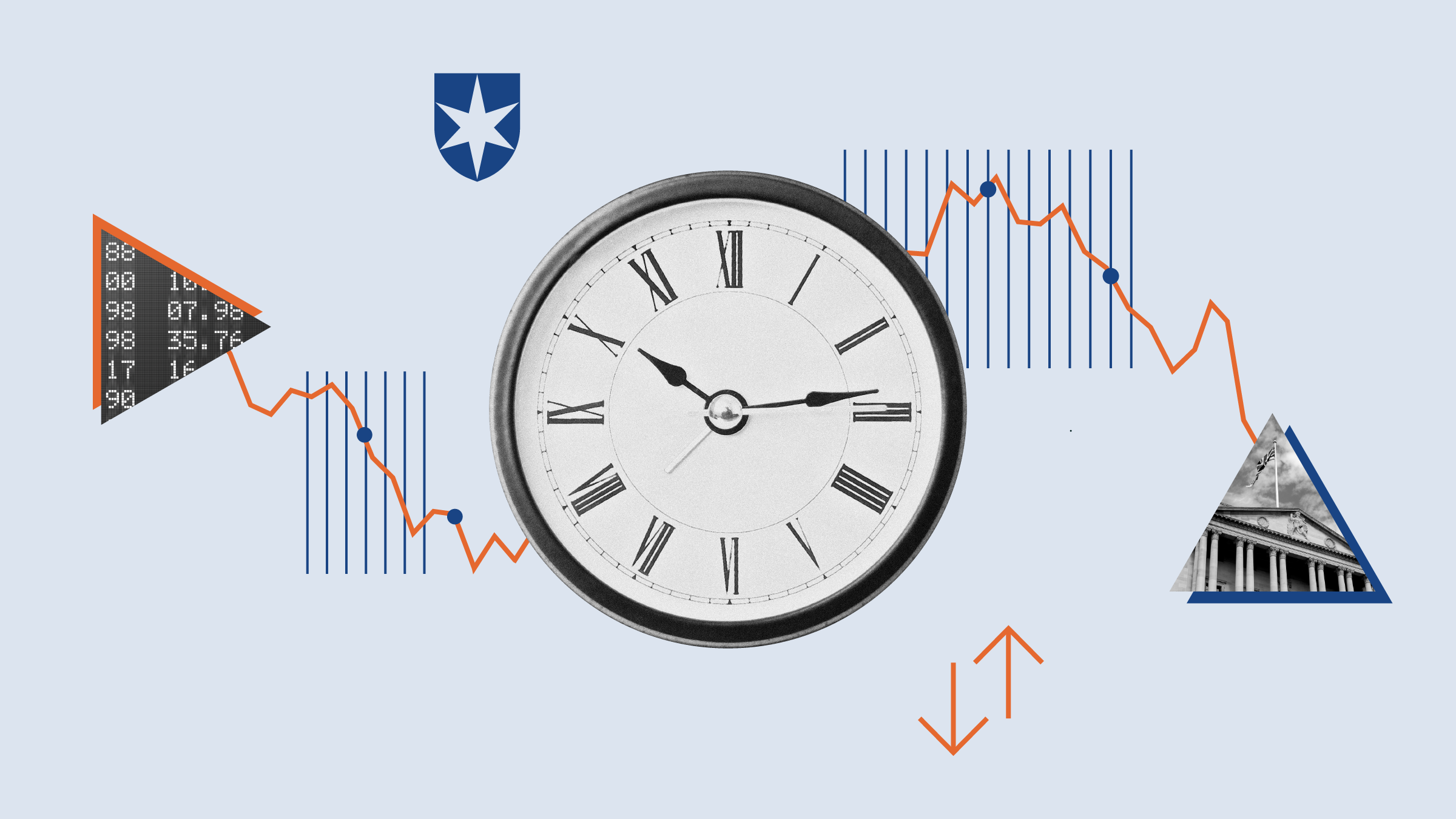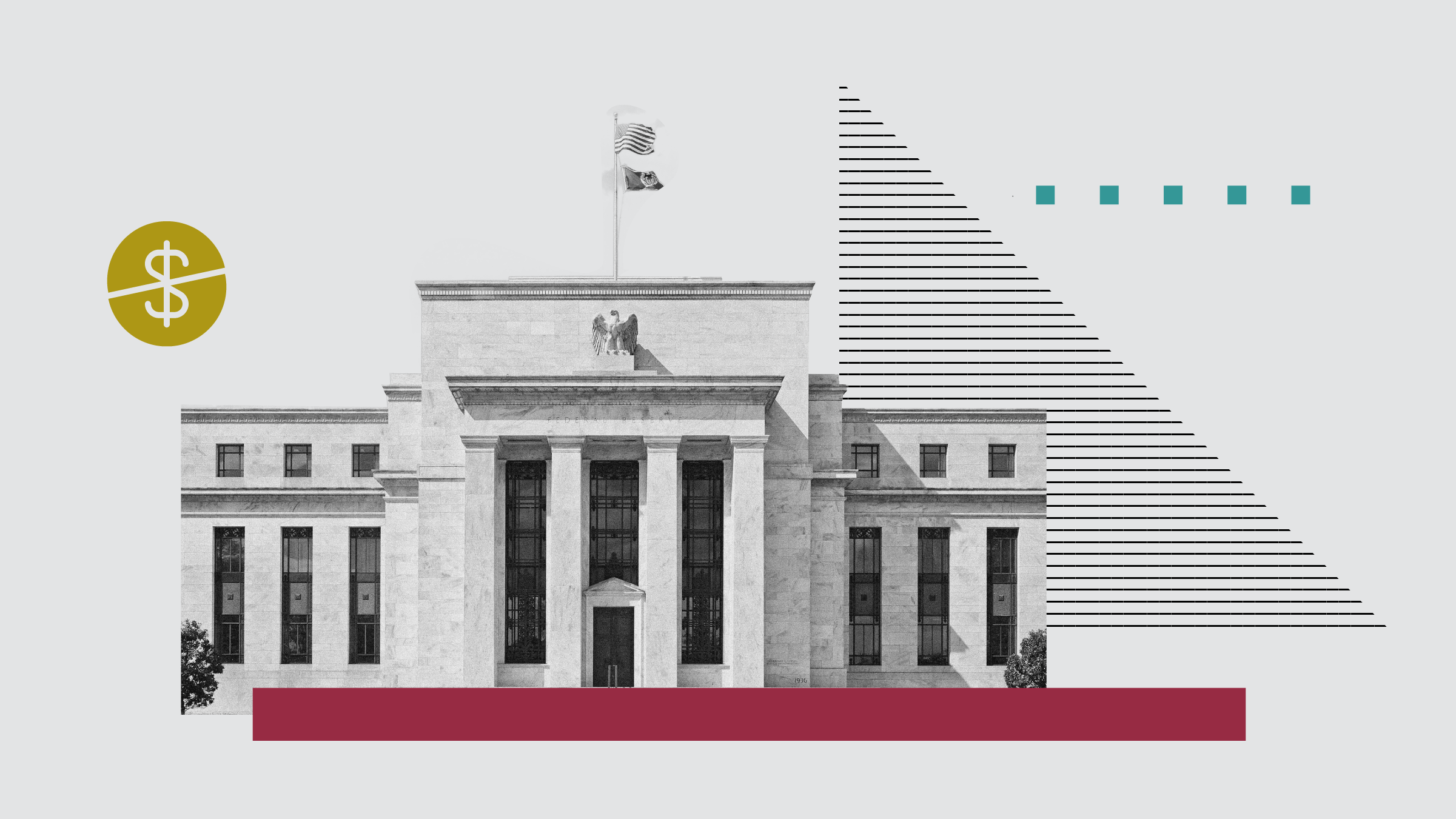
BlackRock Gold and General has been downgraded to Bronze by Morningstar analysts amid concerns about the strategy’s ability to consistently outperform.
Analysts Peter Brunt and Fatima Khizou say European fund regulations are holding BlackRock Gold and General back: under Ucits rules, a fund can't have more than 10% of its portfolio in any single holding. That means the fund is now “underweight” key stocks in the FTSE Gold Mines Index, which could limit its potential gains. Mergers in the sector, such as that between Randgold Resources and Barrick Gold last year, lead to key firms taking up bigger proportions of the index.
Not being able to take bigger positions in these firms is “limiting the managers’ ability to add value on a large part of the market”, analysts say. The fund was downgraded from Gold, the highest Morningstar Analyst Rating, to Silver last year.
The large workload of managers, Evy Hambro and Tom Holl, are also a cause for concern as both manage other funds. However, analysts rate Hambro’s long experience - he has been involved with BlackRock’s gold strategy since 2002. They also like the “structured approach” of the fund and its defensive qualities, saying it has shown “more resilience in challenging market conditions for gold equities”. Despite underperformance in 2018, the fund has delivered “respectable” long-term returns relative to the benchmark, the FTSE Gold Mines Index.
The fund, a former favourite of advisers and fund selectors, has struggled in recent years due to the underwhelming performance of the gold price. The precious metal is roughly at the same level of $1,300 an ounce as it was five years ago. The surprise election of President Trump gave the yellow metal a brief lift in 2016 but the price hasn’t breached $1,400 since 2014.
Gold is often favoured by investors in times of financial stress and rising inflation, but the combination of a strong dollar and surging equity markets in recent years has left the precious metal languishing as an asset class.
According to Morningstar Direct data, the fund was one of the best performing open-ended funds in May with a gain of more than 5%. Over the long-term the picture is more mixed: £10,000 invested over 10 years would have left investors with £9,433. Over a five-year £10,000 invested in the fund would have grown to £15,375, and over three years that initial investment would be worht just £9,470.
The fund’s two largest holdings are Canada’s Barrick Gold (ABX) and Agnico Eagle Mines (AEM) with a weighting of more than 8% for each.
Morningstar analyst Kristoffer Inton says Barrick’s acquisition of Randgold last year was “strategically sound” and that the firm’s share price is close to its fair value estimate of C$19. Inton notes that the Federal Reserve’s monetary tightening has hit demand for gold, but that an apparent change of direction for the US central bank should support prices this year. He forecasts a price of $1,300 for gold by 2020, roughly similar to the current price.































